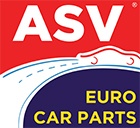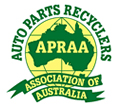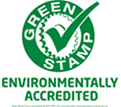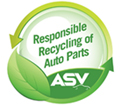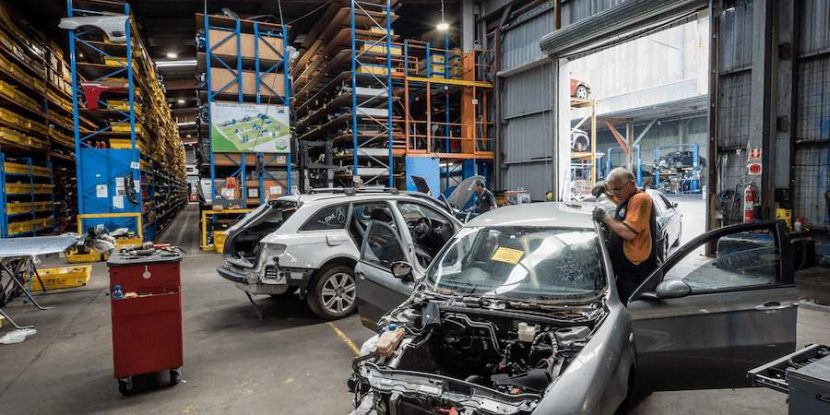
What Car Parts Can be Recycled?
- December 16, 2019
- No Comments
Currently we recycle around 70% of an end of life vehicle to salvage car parts, metals and other materials. While this number is large, at ASV, we are working towards increasing this percentage even higher in 2020. Millions of end-of-life vehicles (ELVs) come through auto reusing organisations every year. The auto-recycling industry has become a significant part of the life of a motor vehicle and it has never been more important to commit properly to recycling cars as it is today.
How does the Recycling Process work?
Every year in Australia alone, auto recycling turns over enough steel to produce 13 million new vehicles. When a vehicle reaches the end of its life, the owner may sell it to an auto-recycling facility, like ASV. Cars, trucks, motorcycles, and other modes of transportation are all recyclable, and are treated in a multi-step process.
1. Removal of Engine Fluids
Before any vehicle is dismantled, all engine fluids are removed to ensure that they can be properly disposed of and where possible, repurposed and recycled. Motor oils can be cleaned and recycled. All fluids are handled with extreme care, as not to cause damage to the surrounding ecosystems.
2. Removal of Usable Parts
Once all engine fluids are removed from the ELV, any salvageable parts are carefully removed by experienced dismantlers. Parts are assessed and processed to see what can be safely recycled or reused. Many engines and transmissions can be reconditioned and recycled. Mechanics can give their customer an option of purchasing a new engine or transmission from the manufacturer, or purchase a recycled one. This option can be a cost effective solution to an expensive problem for many car owners. Tyres can also be recycled and used as insulation blocks. Even automotive electrical wires can be extracted from end of life vehicles and the metal from those wires can be recycled.
3. Shredding the Frame
After all components are removed, the vehicle’s scrap metal is put into a shredder. This machine uses powerful magnets to separate ferrous and non-ferrous metals.
4. Mixing of Metals
At the conclusion of shredding, the metal is combined with other metals to create an alloy. Once an alloy is created, it is sent off to auto-manufacturers, to aid in the production of new vehicles. This not only saves the manufacturers money, but also allows for old vehicles to be reforged anew. This help the recycling efforts, but also reduces emissions from steel manufacturing plants, as less metal is required for new vehicles.
While at ASV, we ensure we are recycling as much of the car as we can, we’d still like to see more of the ELV recycled. This year, our CEO Vic met with members of Parliament including The Hon Trevor Evans, Assistant Minister for Waste and Reduction and Environmental Management to discuss our role in automotive recycling. ASV would also like to introduce a machine from Germany that will enable us to process the remaining 30% of ELVs currently going to landfill (mostly rubber and glass) by turning these into bitumen for our roads.
We are looking forward to seeing the further improvements in automotive recycling in the new year and we will continue to work towards seeing more and more of all ELV parts recycled.
